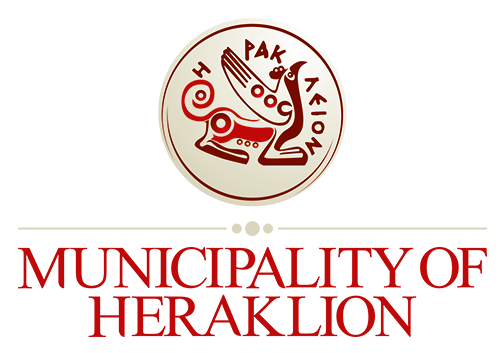Route
Sabbionara Gate, Archaeological Museum, Eleftherias Square, St George Gate, Jesus Gate, Nikos Kazantzakis Tomb, Pantocrator Gate
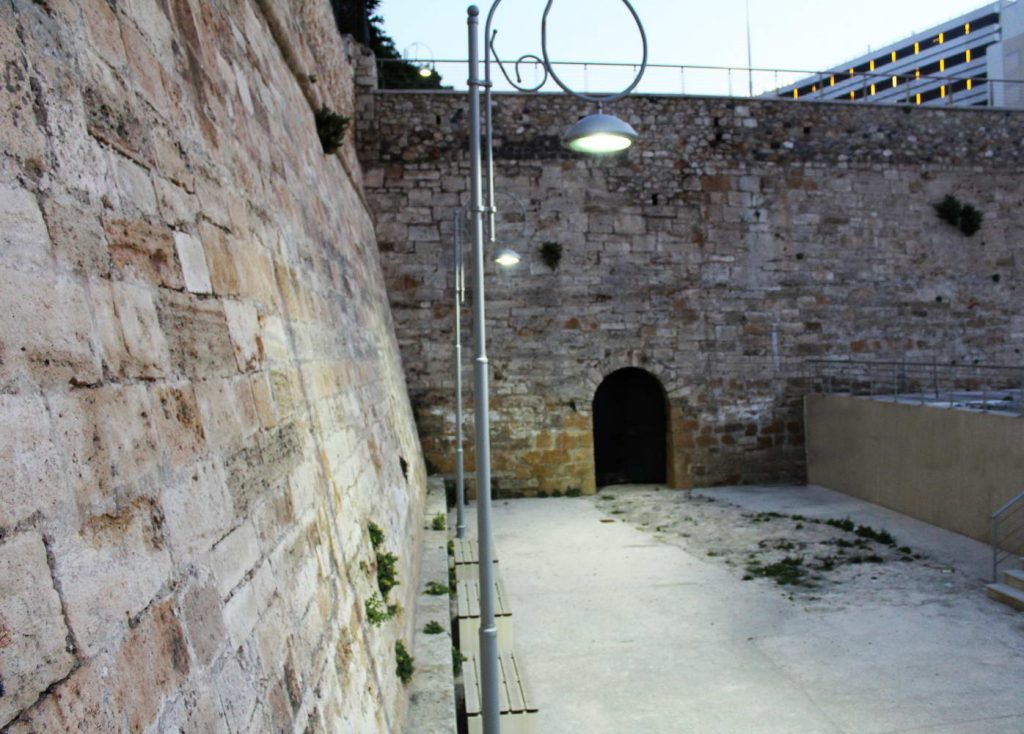
Sabbionara Gate is situated in the northwest corner of the bastion of the same name and led to the town by means of a steep passageway. The unadorned seaward exit still survives as also the inner façade. A green space above the gate has been created, overlooking the port.
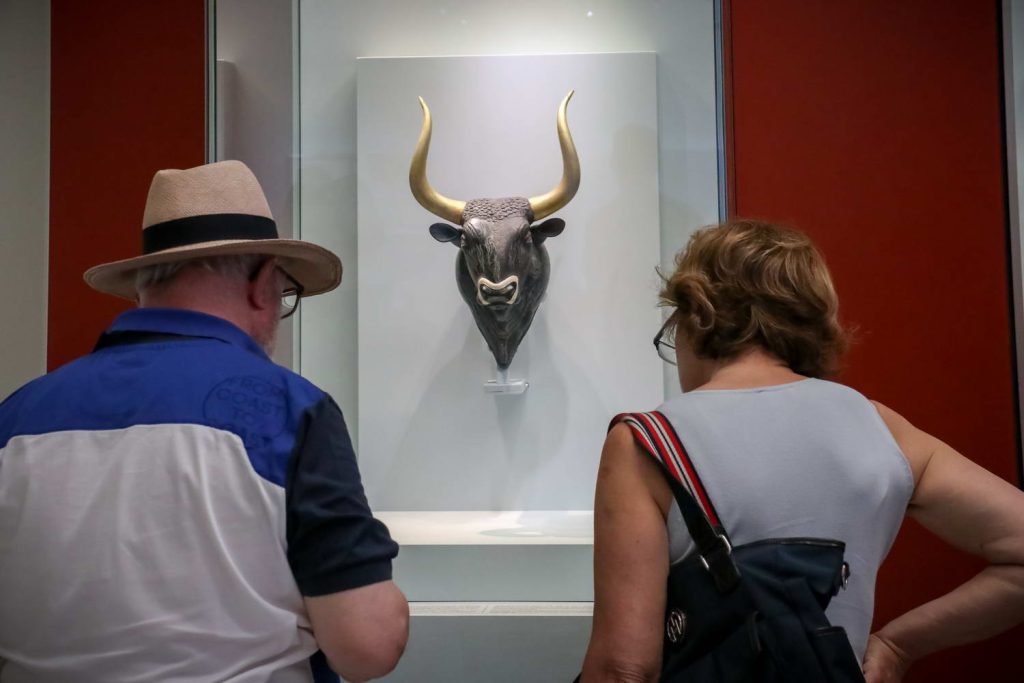
Archaeological Museum of Heraklion is the world’s most significant one for Minoan Civilization. The current building was constructed between 1933 and 1937 based on plans made by the architect P. Karandinos, on the site of the Venetian monastery of St Francesco which was destroyed by an earthquake in 1856.
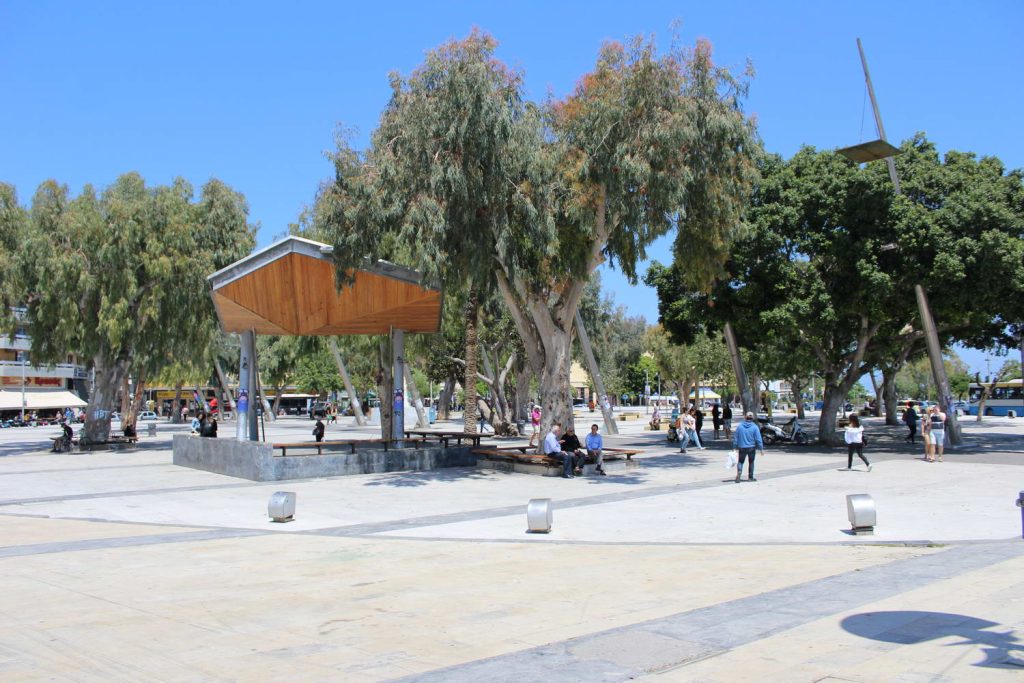
Eleftherias Square the open space created during the Venetian rule in front of the gate of St.George and the barracks (the building of the Region today), was used mainly as Campo Marzio, military practice area.
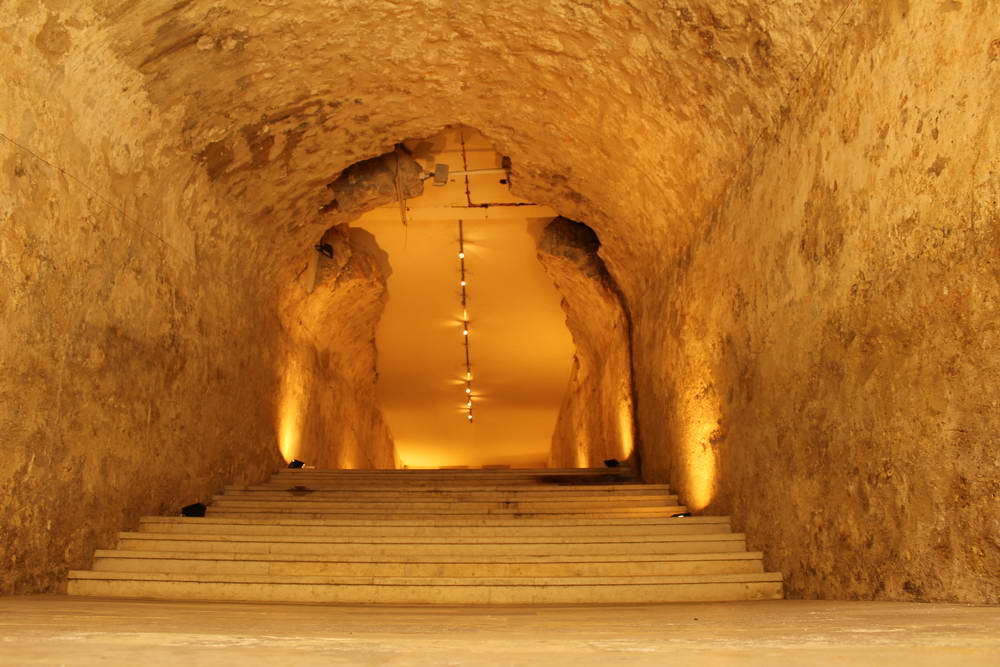
St George Gate was one of the central gates of Candia during the Venetian period. Today it links Eleftherias Square with Ikarou Avenue and is also used as an exhibition venue. Its impressive façade was demolished in 1917.
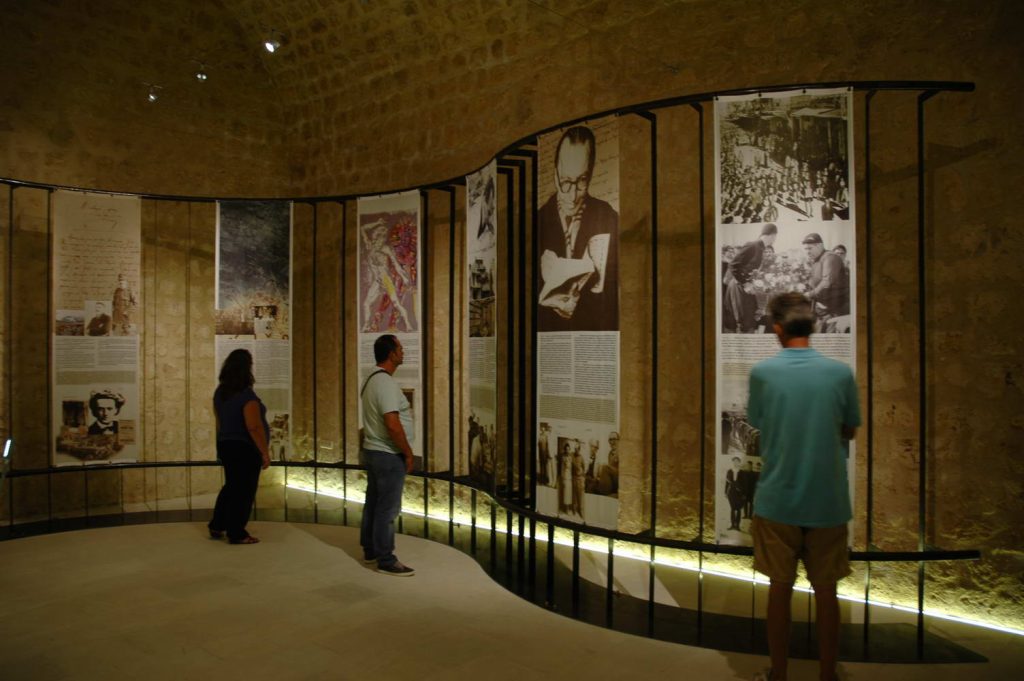
Jesus Gate was one of the three main entrances to the city, situated next to the bastion of the same name, on the south side of the fortification of Candia. Recently it was restored, making it accessible to the public once more. It now serves as a venue for "AN ODYSSEY” – a permanent exhibition on N. Kazantzakis.
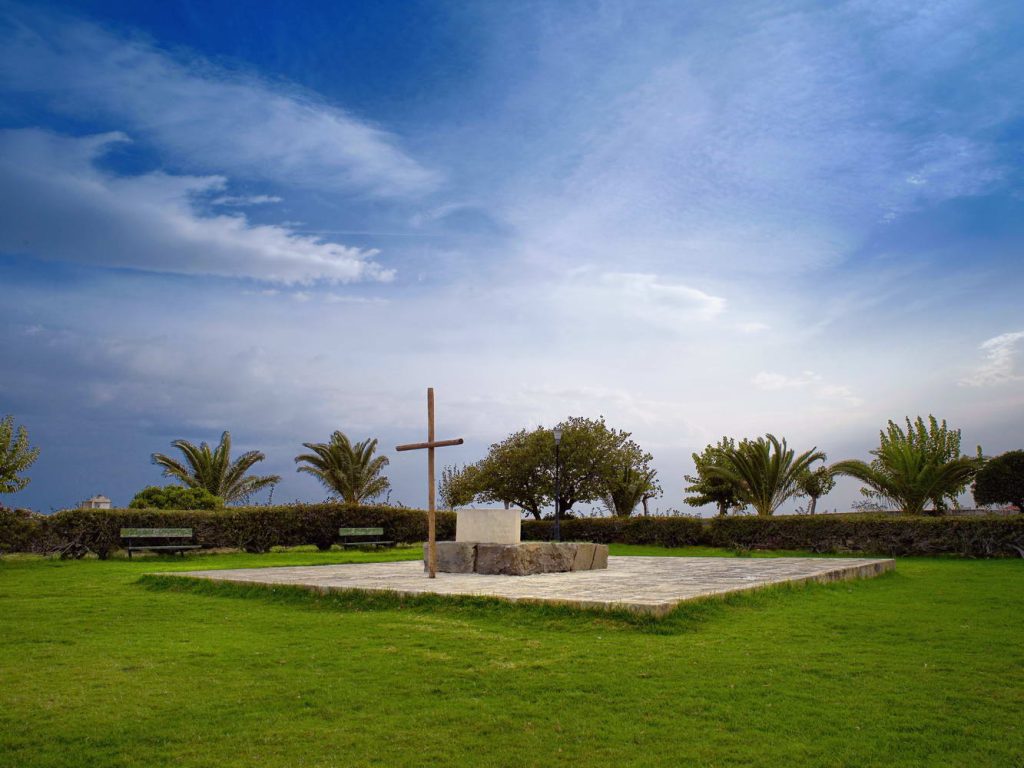
Nikos Kazantzakis Tomb the famous Greek writer tomb, is situated on the highest point of the Venetian fortification, at the Martinengo Cavalier.
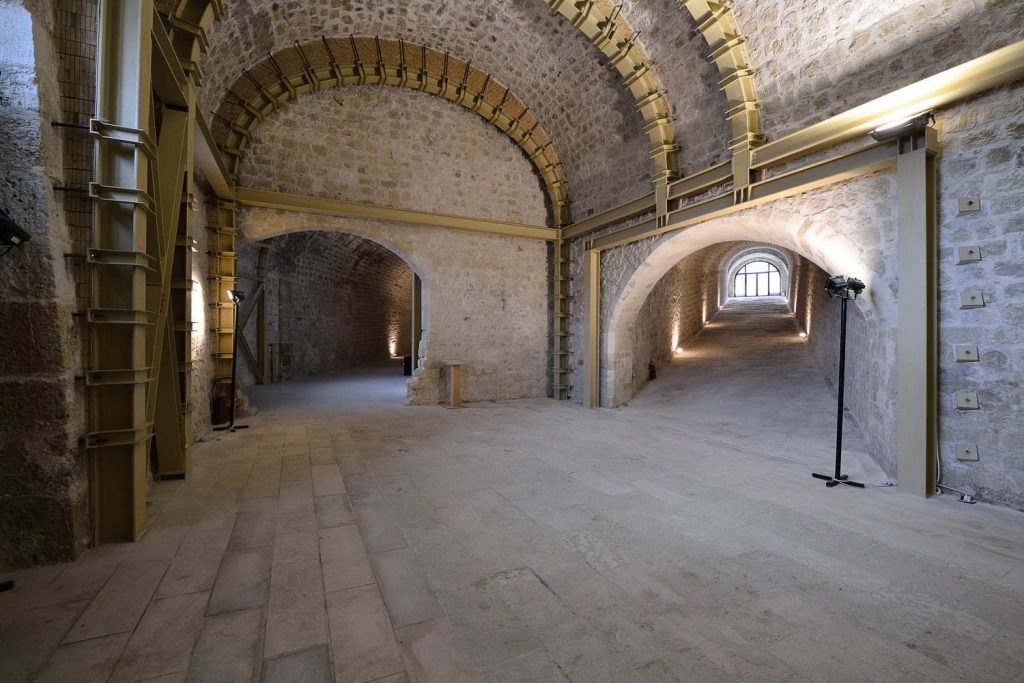
Pantocrator Gate was the main through-route for communication between the town and the island’s western regions. Construction was completed in 1570. The gate’s monumental façade was the work of the Italian architect and engineer Michele Sanmicheli. Areas inside the gate were used as air raid shelters during World War II.





